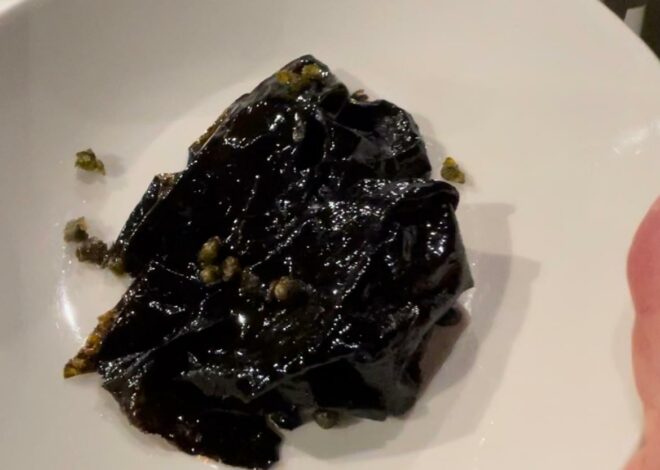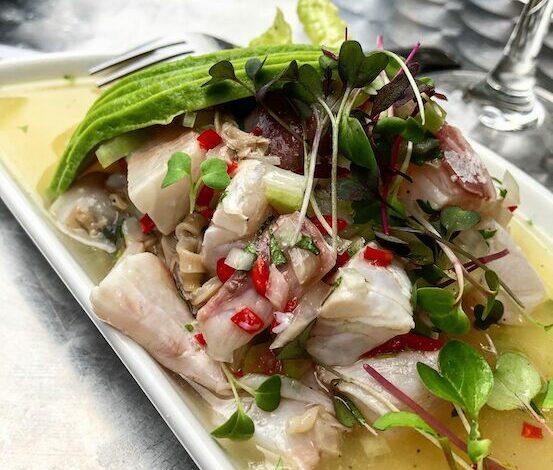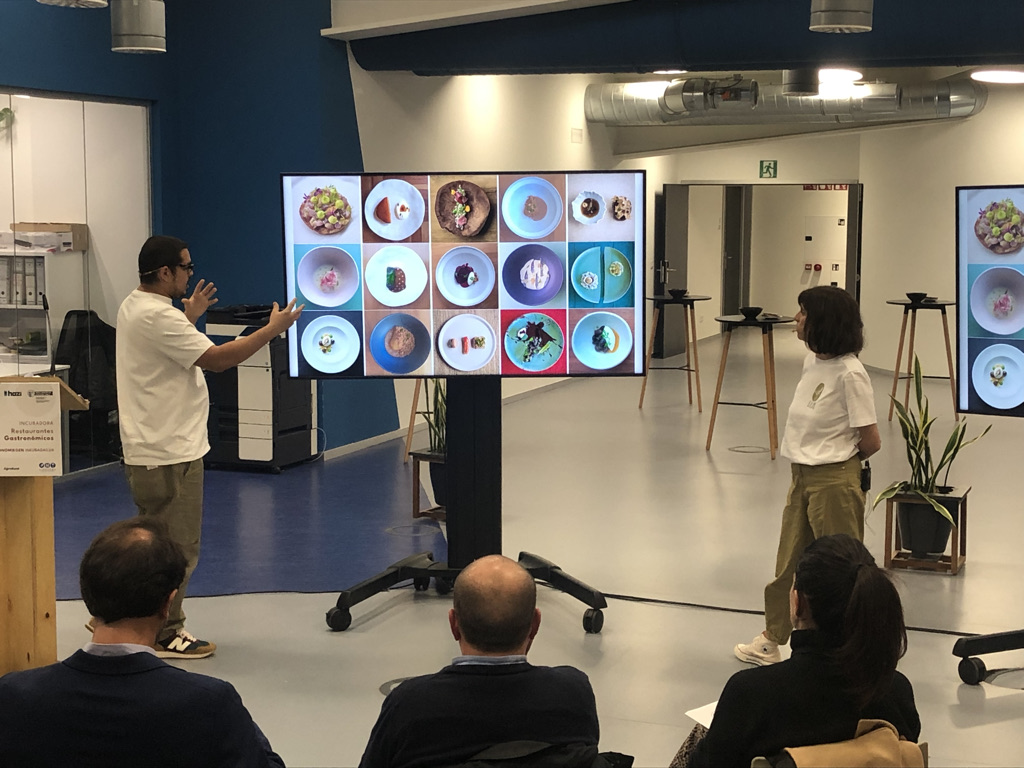
Lua: Crafting Mestizo Gastronomy in Donosti
I first met Aaron during those post-work conversations in a restaurant, where we’d gripe about everything that was going wrong. He’d often lament, “These kids in the kitchen don’t communicate with each other. They don’t make eye contact and say, ‘Let’s go to table three.’ And using a basting bottle for brown butter instead of traditional basting? That just seems mediocre.” At that time, he had just finished a stint as head chef at a classic French restaurant with only three cooks, owned by an old-school Frenchman who made homemade vinegars. When we met, Aaron was in charge of 20 budding chefs, making him half chef and half teacher.
I didn’t see Aaron again for years, and by then, he had worked in restaurants all over Latin America, including some of the best in the region, like Lasai and Aramburu. But what intrigued me most was his time as Sous Chef at a beautiful Relais Chateaux in Patagonia and later Executive Chef at Iguazú, where they used only nearby ingredients. It was there that he met Lucia, his wife and partner, and together they came to Donosti to start a joint project: she in the front of house and he in the kitchen.
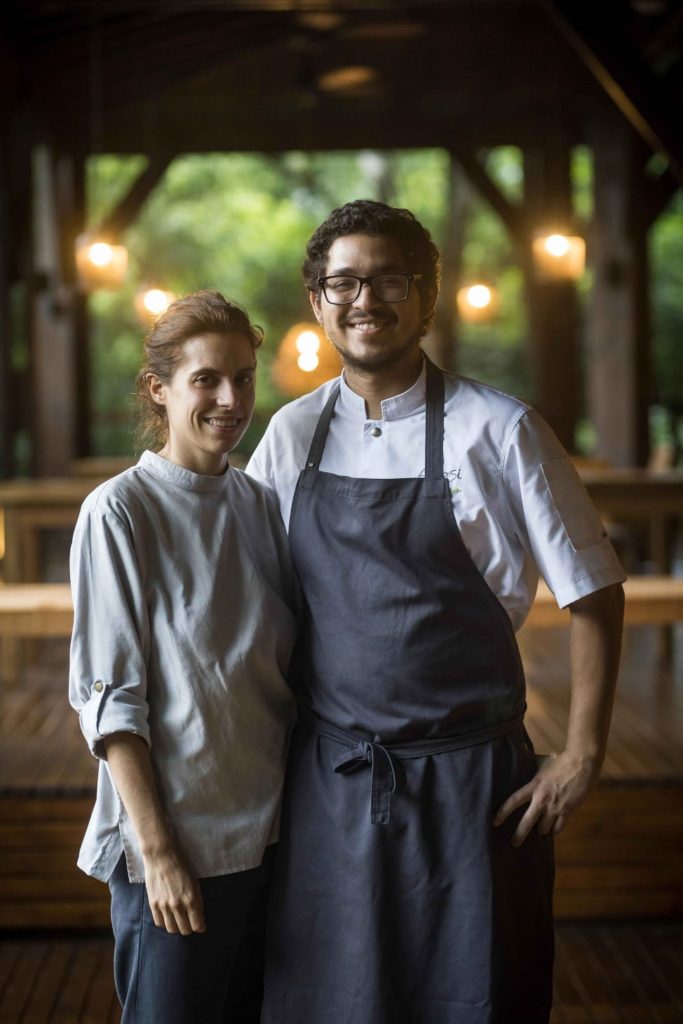
Soon, he landed a head position at Bagazo at the former Zaspi location in the city center. By that time, I was convinced he was serving the best cebiche in town, hands down. His cooking showed influences from his travels and his Venezuelan roots. Bagazo became one of my favorite spots in Donosti, a gastro-cocktail bar that served their own spirits and crafted an amazing liquid gilda which it’s basically a Gibson cocktail, but instead of gin, they use vodka marinated with anchovies and piparra brine. Sadly, the owners closed up shop not long after.
The next thing I knew, Aaron invited me to the demo day of CA!’s restaurant incubator, and after seeing his pitch, I had no doubt they would win.

“Lua,” the name of their project, which combines Lucia and Aaron’s names, is a well balanced blend of skills. Aaron focuses on the gastronomic offerings, with a concept centered around using top-notch ingredients to create a customizable menu tailored to diets and preferences. Lucia brings her background in psychology and human resources to design a multidimensional customer journey for the employees. “In the hospitality industry, staff turnover is just a fact of life,” Lucia declared during her pitch. “That’s why we want to create a journey for the well-being of our workers.” I knew right then and there that this was the knockout punch of the competition, a breath of fresh air in an industry often lacking in humanity.
As expected, they won the incubator and invited me to a pilot pop-up of what would become their restaurant. I brought along my trusty partner in crime, Jon Mujika.

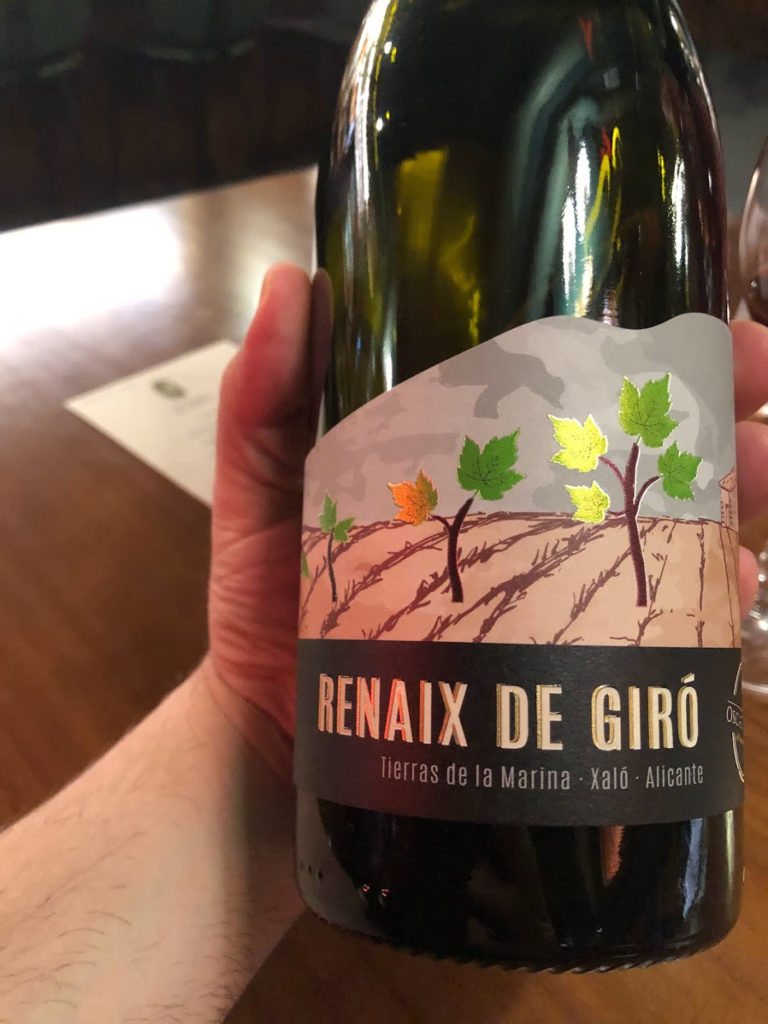
Lucia served us a young Alicante red made from Giró grapes, with notes of leather, strawberry, tobacco, and perhaps a hint of sage, which complemented the entire meal beautifully.

Our first course? Classic ‘caraotas,’ black beans in the Venezuelan style. It’s a humble, hearty dish, straight from your Venezuelan grandma’s kitchen. It’s a powerful statement to kick off the dinner.
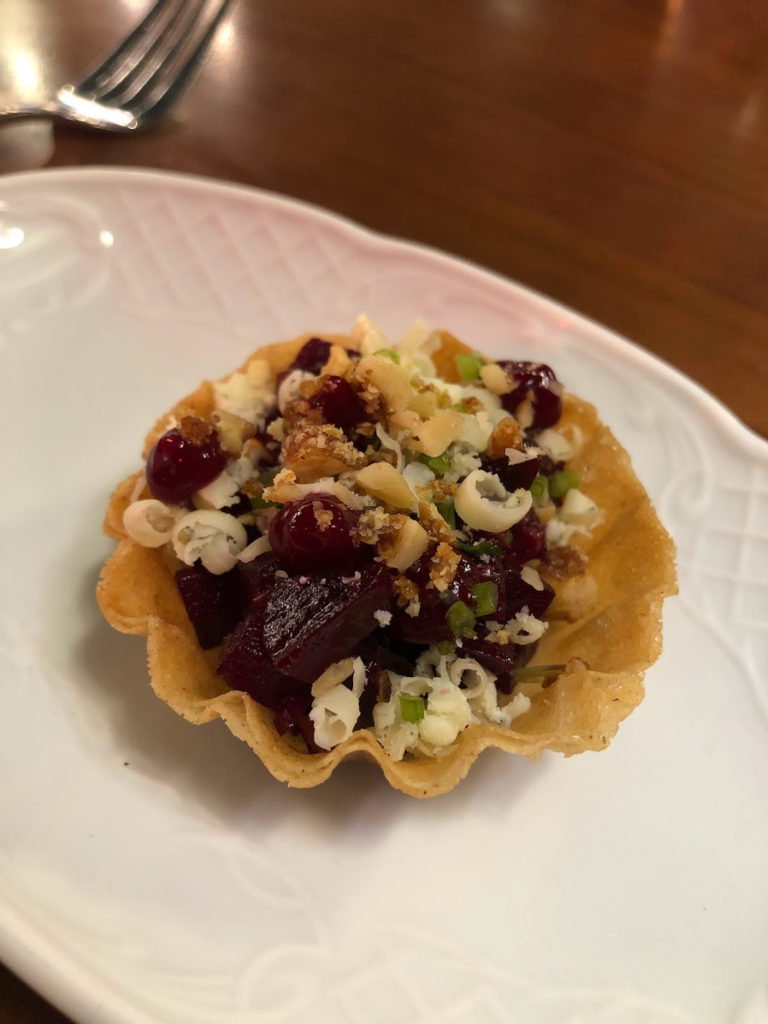
Next, a delicate tartelette with beets, blue cheese, chives and roasted hazelnuts Nordic in style.
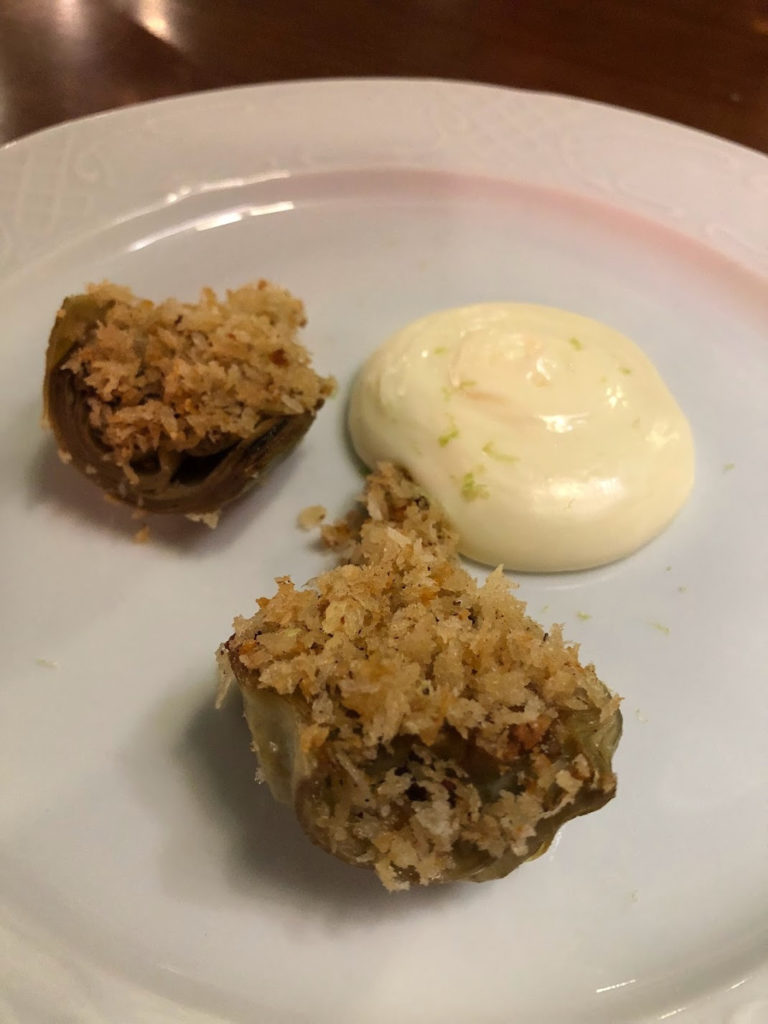
Next up, we had artichoke hearts with Idiazabal cheese foam. The foam is creamy yet light, and those artichokes, they’re cooked with just the right bite, seamlessly mingling with that cheesy, smoky foam.
The cebiche, featured a classic ‘leche de tigre’ that was, enriched with fish bones, celery stalks, ginger and a touch of blanched spinach. “This is the best cebiche I’ve ever had,” Jon told Aaron when he approached our table. “Oh, please,” Aaron replied with a humble smile.
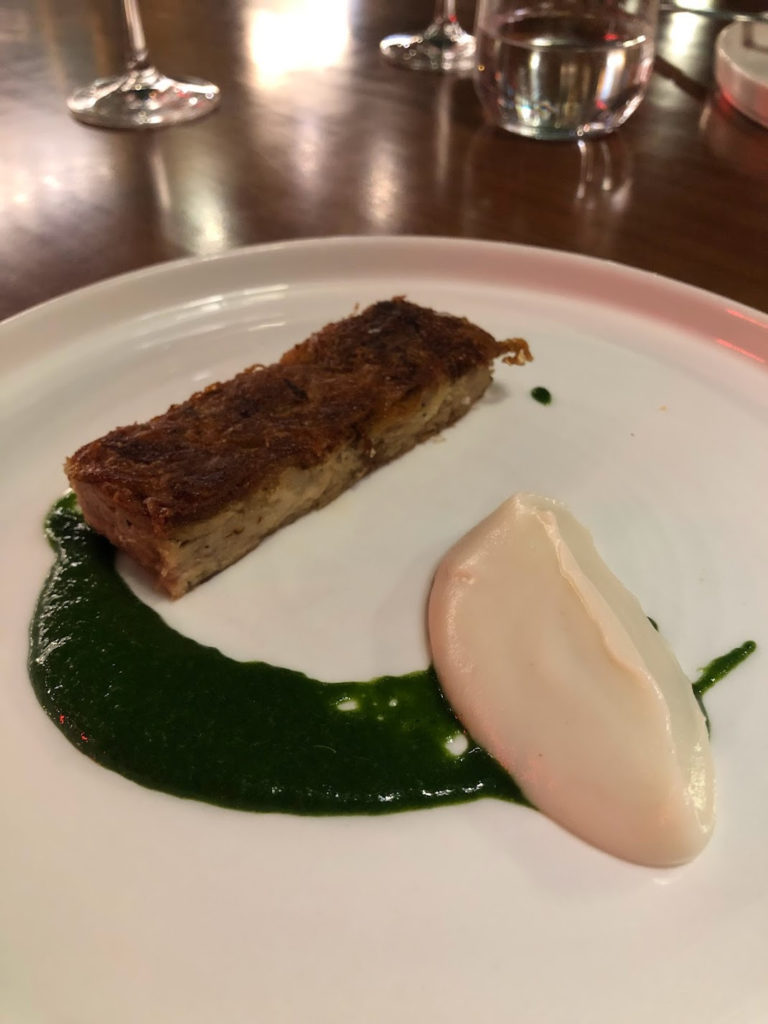
Next up was slow-cooked lamb with a Jerusalem artichoke cream and a huacatay sauce, once again introducing South American herbs and flavors that could surprise and educate the local palate. There are now some producers in Getaria growing huacatay, an Andean herb with a menthol, lemony, pungent, and subtly spicy profile that is quite unique. We finished with a mandarin sorbet and a pear in wine with cardamom and spices.
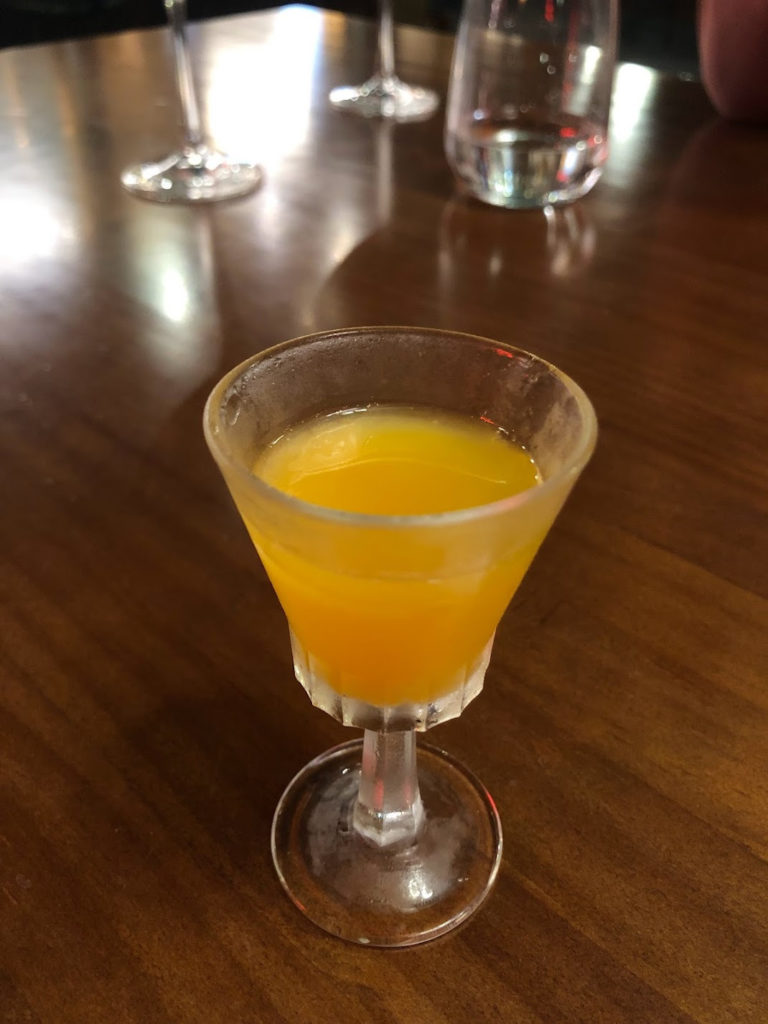
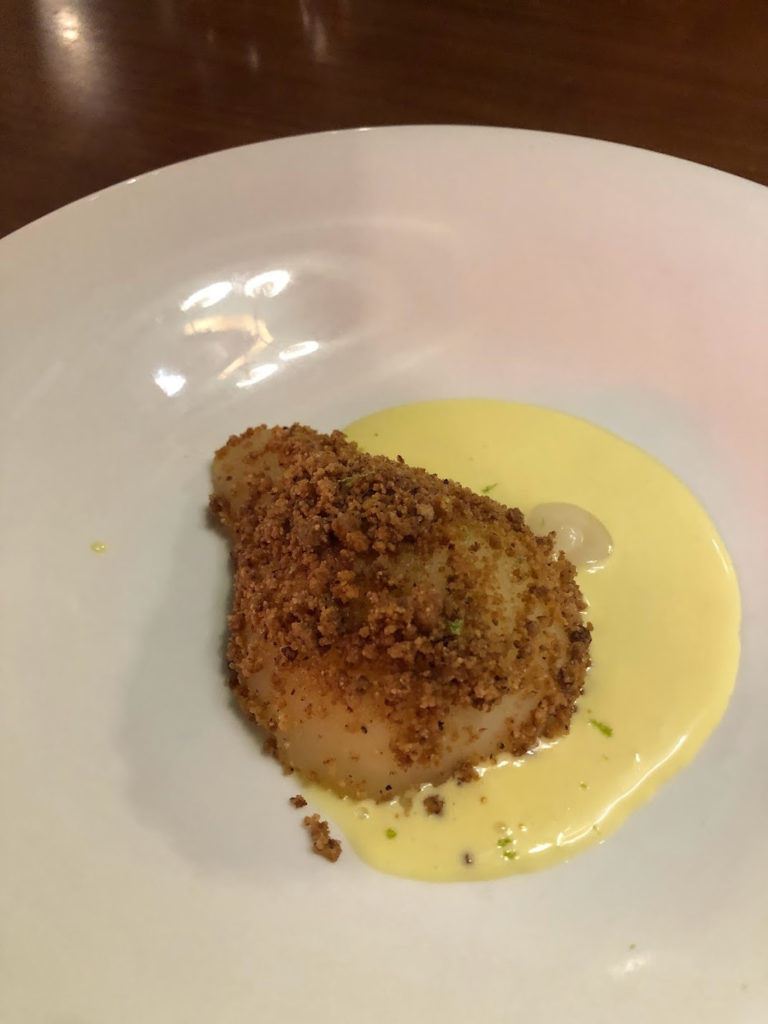

For our petit fours, Aaron served an alfajor. What made it remarkable? Well, he took dulce de leche and infused it with discarded Jerusalem artichoke peels. Bam! Another audacious move.
The Lua project is currently on the hunt for a location, dealing with all the intricacies that come with it – checking exhaust systems, drains, contracts, and more. This has delayed their opening, but without a doubt, it’s the most promising and distinctive addition to Donosti’s culinary scene right now.

